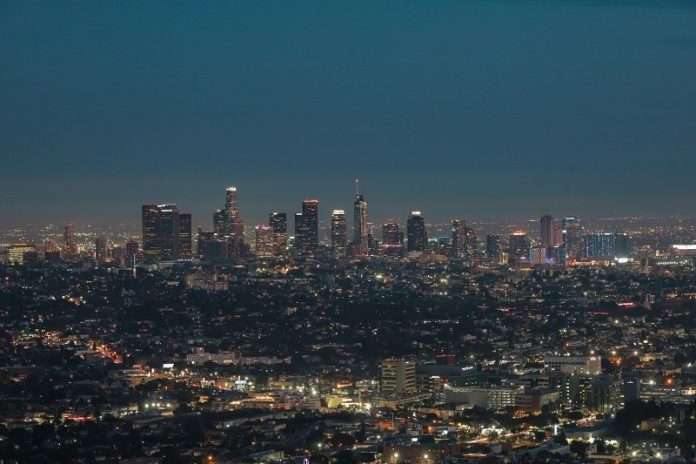
Once upon a time, the Milky Way was a common sight in the night sky, a magnificent band of light stretching from horizon to horizon.
But now, for many people, this natural wonder has been lost to light pollution.
Studies show that 60% of Europeans and 80% of Americans have never seen the Milky Way due to the bright glow that our cities and towns cast into the sky.
This glow, known as skyglow, comes from artificial lights that shine upward, hiding the stars and celestial bodies from view. Alarmingly, this type of pollution is increasing by about 10% each year.
The issue of light pollution and its impacts are thoroughly examined in “The World at Night,” a comprehensive report by the Dark Sky Group of the International Union for Conservation of Nature.
Led by UCLA ecologist Travis Longcore, the report discusses the negative effects of artificial light and offers solutions to reduce them. It’s a guide for anyone looking to preserve the night sky and its importance for both humans and wildlife.
Artificial lights, especially with the shift to full-spectrum LEDs, are not only making it harder to see the stars but also affecting our health.
Our bodies rely on a natural cycle of day and night to regulate sleep and hormone production, including melatonin, which helps us rest and recover. Light pollution disrupts this cycle, potentially leading to sleep issues and other health problems.
The impact extends beyond humans. Animals and ecosystems are thrown off balance by excessive light. For creatures like sea turtles, which rely on moonlight to guide their hatchlings to the sea, bright lights can be deadly, leading them in the wrong direction.
Birds, insects, and plants are also affected, with their natural behaviors and life cycles disturbed by the artificial light.
Culturally, the night sky holds significant value. It has been a part of human storytelling, religious traditions, and even agriculture for millennia.
The Maori people of New Zealand, for example, use the stars for navigation and to predict the success of harvests. Recognizing this, the Starlight Conference in Spain in 2007 declared access to an unpolluted night sky a human right.
The spread of artificial light, which began accelerating in the late 19th century, has reached a point where even remote areas and designated dark sky reserves are under threat.
While artificial lighting is essential for the safety and functioning of modern societies, its misuse and overuse have led to increasing levels of light pollution.
The good news is that reducing light pollution is relatively simple and within our reach. Solutions include dimming outdoor lights, using lights that direct beams downward to where they’re needed, and choosing warmer, amber-colored lights that are less disruptive to humans and wildlife.
Implementing timers and motion sensors can ensure lights are only on when necessary, significantly cutting down on unnecessary light.
Efforts to preserve dark skies have led to the creation of dark sky reserves, like the Central Idaho Dark Sky Reserve, which offer a glimpse into the natural beauty of the night sky, free from the interference of artificial light.
These places highlight the importance of protecting our view of the cosmos, not just for the sake of scientific research or stargazing, but for the well-being of our planet and its inhabitants.
As awareness grows and more people experience the awe of a truly dark sky, the movement to dial down the lights and bring back the stars gains momentum. It’s a reminder that sometimes, looking backward—to the skies our ancestors knew—can guide us forward to a brighter future.



